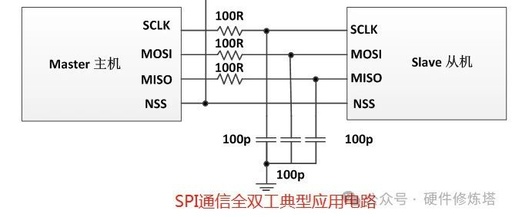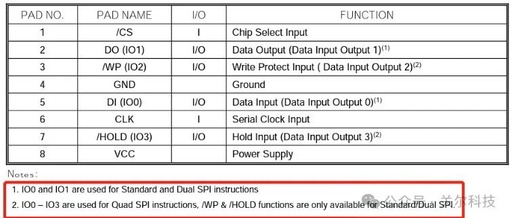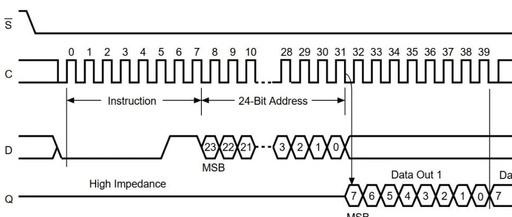Understanding the Simplicity of SPI Design for Serial Peripheral Interfaces
1. Introduction to Serial Peripheral Interface (SPI)The SPI interface (Serial Peripheral Interface) is a widely used high-speed, full-duplex, synchronous serial communication protocol between microcontrollers and peripheral devices.2. Main Features of SPIIt supports master-slave operation in both full-duplex and half-duplex modes; 16-bit width with independent transmit and receive buffers;8-bit or 16-bit data frame formats;Data bit order … Read more


